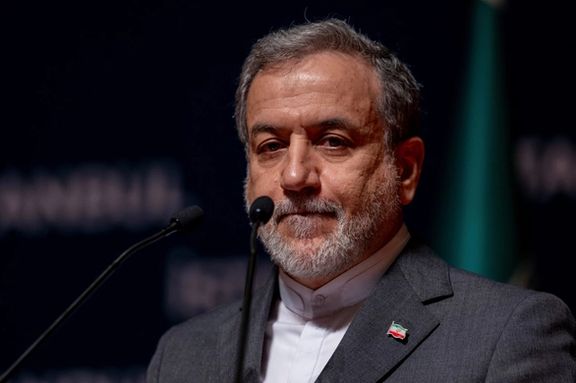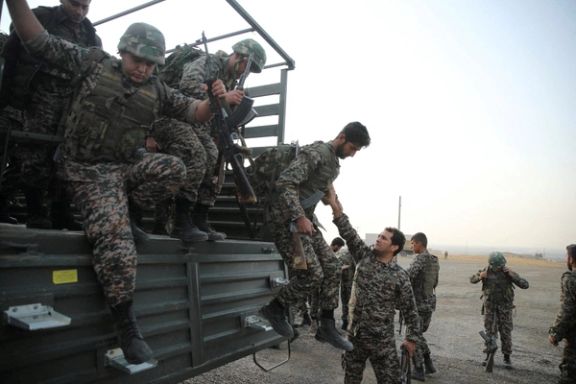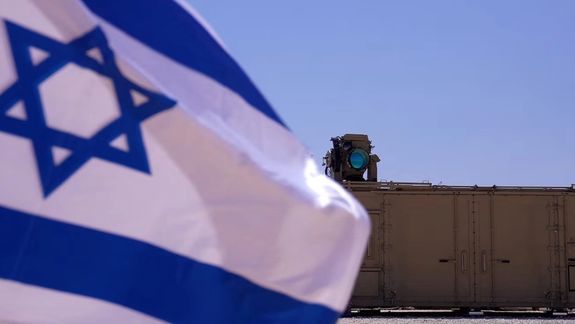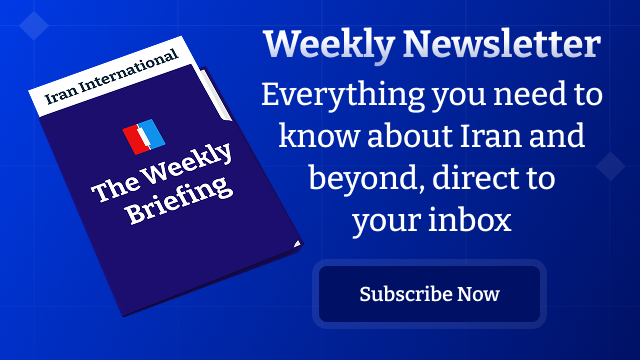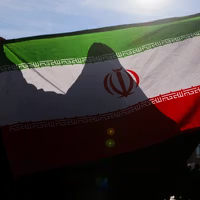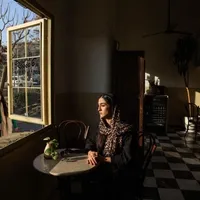Revolutionary Guards-affiliated Fars News has blamed foreign-based betting websites and other digital platforms for leaking information that allegedly enabled Israel to assassinate more than 30 senior IRGC commanders.
Officials have also accused Afghan refugees of acting as Israeli agents, deporting over a million in what UN officials describe as one of the largest expulsions in recent memory.
But many insiders are now challenging these deflections with growing force.
“When we talk about infiltration, we shouldn’t just look for people who look different from us,” former foreign minister Mohammad Javad Zarif said in an interview with the state-run IRNA.
“We should ask: who is echoing Israel’s narrative? Who is pushing that policy? Who is trying to divide the people?”
“Not just a spy, but an organization”
Dozens of people have been arrested as alleged operatives behind assassinations and drone attacks since the strikes began on June 13.
Several have been executed after summary trials, and more remain on death row, according to Iran’s intelligence minister.
Zarif warned that infiltration has evolved beyond isolated actors.
“We’re now facing not just a spy, but an organization—an organization with personnel, ideas, and psychological influence,” he said.“We need to understand where this infiltration comes from. What allowed them to locate and strike our commanders—not just once, but again and again?”
On social media, blame has increasingly turned inward—particularly toward surviving Revolutionary Guards commanders.
Users have questioned whether high-ranking officers, including Quds Force leader Esmail Qa’ani and former national security chief Ali Shamkhani, betrayed the locations of fellow commanders.
Accusations of treason have spread with growing boldness, fueled by the absence of transparent explanations. Bizarre theories—such as officials suggesting Israel summoned supernatural beings—have satisfied no one.
“Who has access to secrets?”
“The authority responsible for identifying espionage is crucial,” Saeed Hajjarian, one of the architects of Iran’s Ministry of Intelligence, told the moderate daily Ham-Mihan.
“Counterintelligence is a specialized field, and I still don’t understand why it has been divided between two intelligence agencies.”
Hajjarian criticized the superficial handling of the issue and the growing tendency to scapegoat.
“Right now, people are being branded as infiltrators far too casually,” he warned.
“A real infiltrator stays quiet when needed and speaks up when it counts ... Those who change ideology overnight, convert dramatically or shift allegiances shouldn’t be trusted.”
Even some establishment figures have pushed back on the official narrative.
“This problem predates the war—it just became more visible because of it,” hardline cleric Seyyed Reza Akrami, a five-term parliamentarian, told Arman Melli.
“We must identify which of the country’s senior managers are truly committed to national progress—and which have placed personal gain above the nation’s interests.”
Echoing widespread online sentiment, Akrami posed a blunt question: “Did Afghan refugees have access to classified intelligence? Absolutely not. Were they involved in policymaking? Again, no.”





